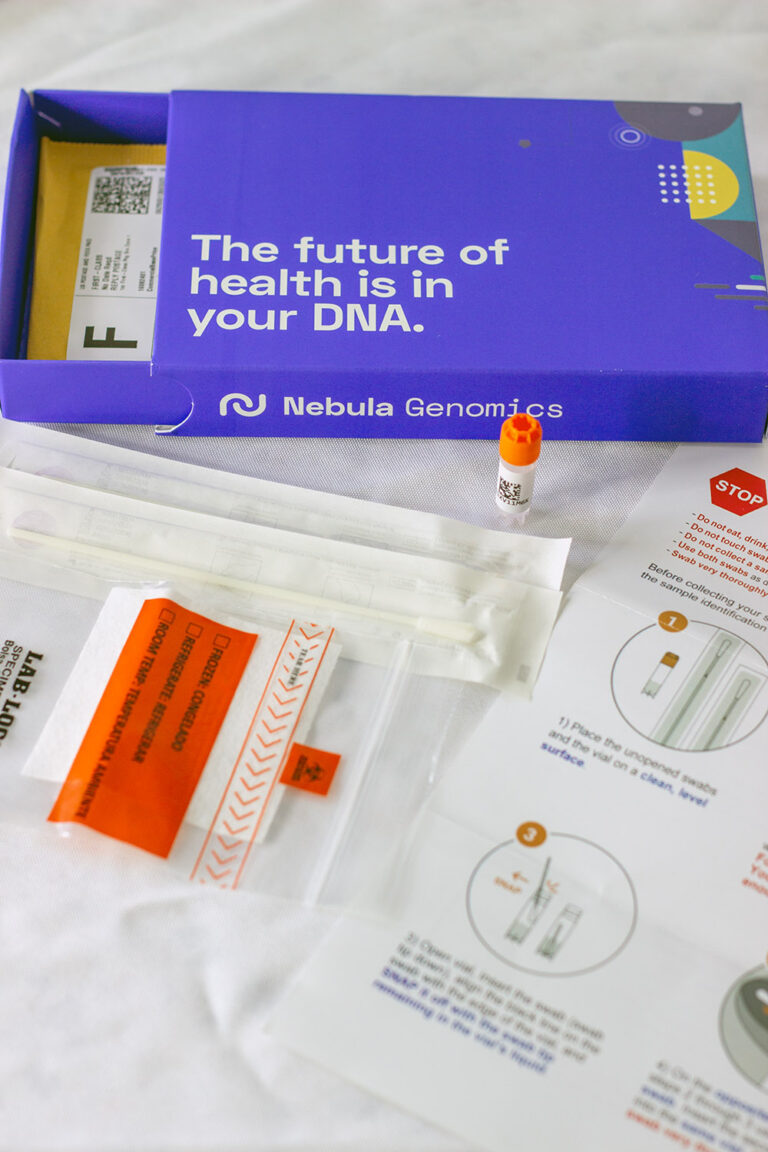Effective Techniques for Managing Stress
Breathing Exercises: Your Instant Reset Button

Ever notice how your breathing becomes shallow when you’re stressed? The CDC actually suggests taking deep breaths, stretching, or meditating as simple ways to manage stress. When life feels overwhelming, a few minutes of deep breathing can work like magic. This isn’t just wishful thinking – it’s science at work. Simple breathing exercises can help by themselves, even without formal meditation. Try the 4-7-8 technique: breathe in for four counts, hold for seven, and exhale for eight. You can learn to use your mind to relax your body, and the relaxed body will send signals of calm and control that help reduce mental tension.
Physical Exercise: The Ultimate Stress Buster

Exercise reduces stress hormones and stimulates production of endorphins, which together help foster relaxation. Think about it this way – when you’re stressed, your body is ready to fight or flee, so why not give it what it wants? Exercise reduces levels of the body’s stress hormones, such as adrenaline and cortisol, and stimulates the production of endorphins, which are the body’s natural painkillers and mood elevators. You don’t need to become a gym fanatic either. Even a simple 20-minute stroll can clear the mind and reduce stress.
Regular exercisers showed a smaller decline in positive mood after stressful situations compared to sedentary individuals, suggesting that regular exercisers are more resistant to the emotional effects of acute stress. Exercise is associated with a reduction in stress signals in the brain, which leads to a decreased risk of cardiovascular disease.
Mindfulness and Meditation: Ancient Wisdom Meets Modern Science

Mindfulness-Based Stress Reduction (MBSR) was initially designed to relieve suffering among chronic pain patients by teaching skills that cultivate present moment-focused, non-judgmental awareness. It’s like having a conversation with your mind instead of being hijacked by it. Three formal mindfulness techniques are taught over eight weeks: the body scan, gentle yoga, and sitting meditation. Individuals learn to modify their reflexive conditioning from automatically reacting or worrying about the future to a more adaptive, measured response with greater awareness of the present moment. Randomized controlled trials of MBSR interventions have demonstrated improvements to psychological and physiological processes with relevance to health outcomes and improved stress management.
Quality Sleep: The Foundation of Stress Resilience

Sleep and stress are like two sides of a coin that can’t stop flipping. Low resilience means higher stress and more sleep disorders, but sleep is a modifiable behavior and its improvement might enhance resilience and reduce stress. Improving sleep led to significant medium-sized effects on stress reduction, as well as depression and anxiety. Sleep reactivity is the trait-like degree to which stress exposure disrupts sleep – individuals with highly reactive sleep systems experience drastic deterioration when stressed, while those with low sleep reactivity proceed largely unperturbed. Higher perceived stress was directly related to poorer sleep quality, and this negative impact was mediated through depression.
Time Management and Organization: Taking Control Back

You have a lot more control over stress than you may think – the simple realization that you’re in control of your life is the foundation of stress management. When everything feels chaotic, creating structure becomes your superpower. If you think you cannot do anything about your problem, your stress can get worse, as that feeling of loss of control is one of the main causes of stress and lack of wellbeing, but the act of taking control is empowering. Start by making lists, setting realistic deadlines, and breaking large tasks into smaller chunks. Research on goal attainment shows that any progress toward a goal increases positive emotion, so it’s worth writing down some goals.
Social Support Networks: You’re Not Alone

Talk with people you trust about your concerns and how you’re feeling, and connect with your community-based or faith-based organizations. Humans aren’t meant to handle stress in isolation – we’re wired for connection. A good support network of colleagues, friends and family can ease your work troubles and help you see things in a different way. Sometimes just venting to a friend can shift your entire perspective on what seemed like an insurmountable problem. Think of your social network as your personal stress-response team.
Gratitude Practice: Rewiring Your Brain for Positivity

Recent research among women points to a potential longevity boost from feelings of gratefulness. Gratitude isn’t just feel-good fluff – it’s brain training. If you had a list of all the things you’re grateful for, would it be long? Think of all the people, events and experiences that bring you joy, and with practice your list can grow longer as you notice more small things that enrich your life. Practice gratitude daily by reminding yourself of specific things you are grateful for and write them down. It’s like switching your brain’s default channel from the doom-and-gloom news to a nature documentary.
Positive Focus Training: Finding Light in Dark Places

We tend to fixate on the negative, so try switching your focus to something good today – it could be a beautiful sky, a delicious bite of fresh fruit, or a call from a friend. Even when people are going through hardship, they still want to talk about positive things like seeing a lovely sunset or sharing a meal with a friend, and people who notice more of these bright spots tend to cope better. You can savor a moment by simply remembering it, writing it down, or telling someone else about it – this can amplify positive feelings and give you an emotional buffer when stress and anxiety rise.
Digital Detox and Information Boundaries

Take breaks from news and social media – it is good to be informed, but constant information about negative events can be upsetting. We live in an age where information overload is a real thing. In today’s fast-paced world, the constant barrage of information can leave many of us feeling overwhelmed and struggling with stress-related issues. Sleep anxiety is emerging as a critical wellness challenge in 2025, fueled by digital dependency, economic uncertainty, and pandemic-era disruptions, affecting millions worldwide. Consider setting specific times for checking emails and social media instead of being constantly plugged in.
Professional Stress Management Programs

Research studying the effectiveness of stress management programs among students found that comprehensive educational seminars with presentations, written handouts, and structured home programs were conducted successfully. Findings showed that stress management skills training significantly contributed to promoting academic vitality and psychological well-being, and was concluded to be an effective strategy due to its high efficiency, small cost, and acceptance by individuals. These findings provide important information for future studies and can be used as invaluable mental health resources, facilitating students’ health and wellness thereby promoting desired academic performance.
Cognitive Behavioral Techniques

Stress management involves using various techniques and coping strategies to manage overall stress levels, improve how you react to stressful things, and build resilience by taking charge of your thoughts, emotions, schedule, environment, and problem-solving approach. Promotion of cognitive-behavioral therapy for insomnia patients improves sleep quality and produces lower general stress, lower depressive symptom severity, and better global health. The key is identifying negative thought patterns and replacing them with more balanced perspectives. Instead of thinking “everything is terrible,” try “this situation is challenging, but I can handle it step by step.”
Stress Inoculation Through Small Steps

Research shows that much like single bricks in a sturdy house, each small step towards stress management contributes to a stronger foundation of mental wellbeing, and over time, the accumulation of small, consistent efforts leads to remarkable outcomes. Scientists found that just 10 minutes of light exercise a day, such as an evening stroll, can have great benefits for cognitive ability and mood, highlighting that small steps from zero to just 10 minutes are enough to yield improvements. Research found that 60% of respondents agree that stress-relieving hobbies improve productivity and confidence, and engaging in leisure activities can lead to reduced stress levels as evidenced by decreasing cortisol levels after art-related activities.
Building Long-term Stress Resilience

Some keys to good stress management are building emotional strength, being in control of your situation, having a good social network, and adopting a positive outlook. According to the American Psychological Association’s 2024 annual stress survey, average stress levels in the United States were 5 on a scale from 1 to 10, with the most common stressors being politics and the economy. Building resilience isn’t about becoming invincible – it’s about becoming flexible. These skills are not magic and can’t make your stress go away or solve the source of your anxiety, but they can help you become more resilient and find more balance. Think of stress management as training for life’s inevitable curveballs.
Managing stress effectively isn’t about finding one perfect solution – it’s about building a toolkit of strategies that work for your unique situation. There’s no one-size-fits-all solution to stress management, so it’s important to experiment and find what works best for you, whether you’re looking to reduce overall stress levels, avoid unnecessary stressors, or deal with stress in the moment. The research is clear: small, consistent actions can lead to significant improvements in how we handle life’s pressures. What small step will you take today?






